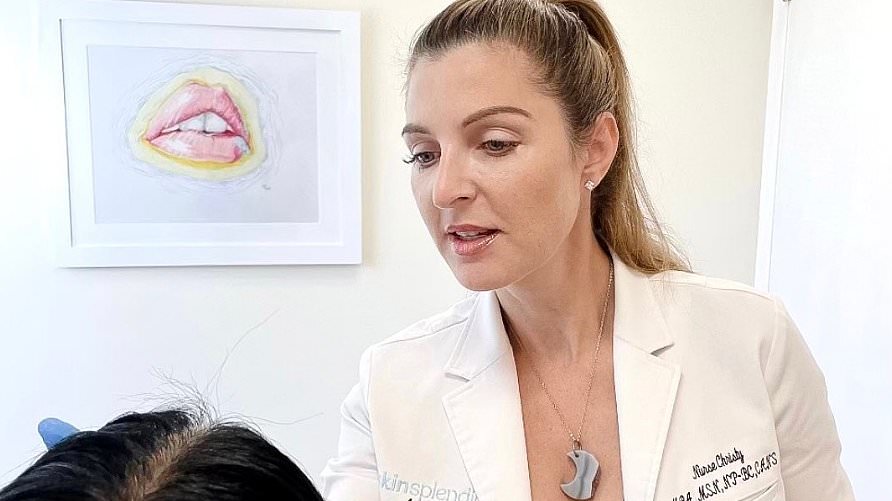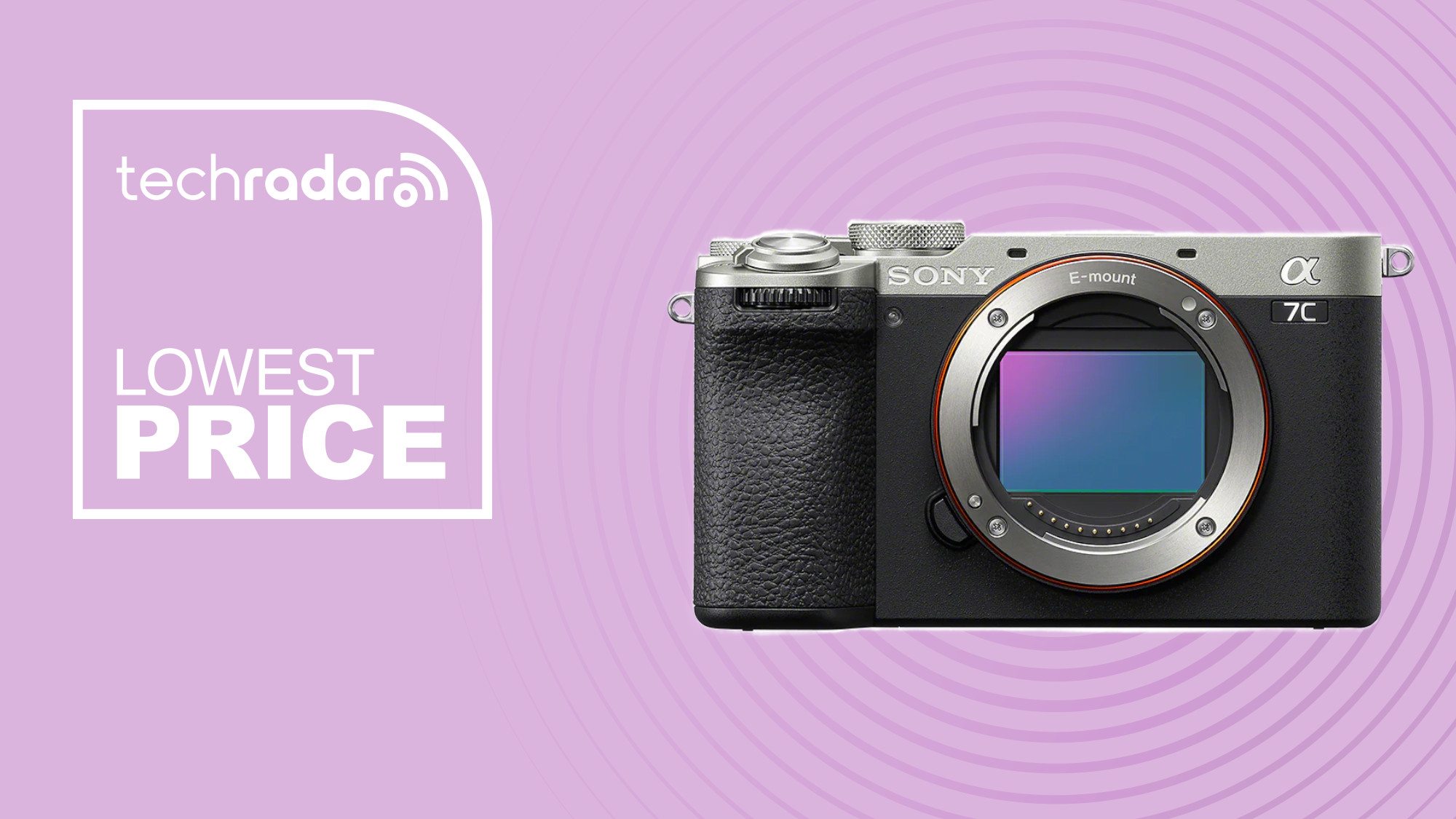“The ‘Queen of Dissolver’ Shares Popular Undoing Technique and Places to Avoid Cosmetic Procedures”

Cosmetic fillers have never been more popular — but now thousands are rushing to reverse their results. In 2024, more than 5 million Americans are estimated to have had dermal fillers injected into their faces, with plumped lips and sculpted cheeks topping the wish list. But as the craze grows, so do the number of horror stories. Now, a top cosmetic expert is speaking out — and revealing the facial areas you should never get work done on. Dubbed the ‘Queen of Dissolver’, New York-based aesthetic nurse Christine Adams says she’s been flooded with patients desperate to undo botched filler jobs — some of which were not just unflattering, but dangerous. Adams’ SkinSplendid clinic, which she runs with her daughters, has become one of the go-to places for dissolving filler gone wrong among New York City’s socialite class. ‘The biggest issue is not with the filler,’ she told the Daily Mail. ‘My biggest issue is with how the aesthetic industry teaches and trains injectors. ‘Aesthetics is a lucrative industry, with filler starting at around $1,000 per syringe in Manhattan, and at many practices, injectors are trained to sell the most possible filler.’ The result? According to Adams, beauticians overfill patients by encouraging them to get more filler than they need and in more areas than they originally booked in for. Some clients might go to get their lips done but then a practitioner could convince them to get their cheeks filled at the same time in a ploy to make extra cash. When asked which facial area she sees the most mistakes in, she doesn’t hesitate. ‘The under eyes,’ she tells the Daily Mail. It’s extremely delicate and too many injectors don’t know what they’re doing, she continues. In extreme cases, it can even lead to blindness. Adams says very few people actually need under-eye filler, yet it’s still a go-to request from many ill-informed clients. The people who could benefit from the procedure ‘will have prominent hollows under their eyes, so the filler works by reducing the appearance of dark circles’. But for clients with even mild under-eye puffiness, sagging, fat pads, or allergies, Adams flat-out refuses to treat the area. ‘What I look for for under eye filler is a hollowness with healthy tissue, no sagging, no extra fat pads,’ the aesthetician adds. Another area where she sees issues around overfilling is the cheeks. Over-enhancing cheekbones can create what Adams calls the dreaded ‘pillow face’ — a bloated, mask-like appearance that doesn’t just distort facial features but can even trigger psychological distress. ‘Over a few weeks and months filler can sometimes attract water to the tissue and the face begins to look puffy, edematous and unrecognizable,’ she said. And it’s not just about looks — it affects how people move. ‘I have patients come to me when they have had too much filler and they can’t even smile because the filler is so heavy in their tissue.’ She sees similar overfilling issues in the lips, chin, and nasolabial folds — the so-called ‘smile lines’. Once popular, the exaggerated aesthetic is now out of fashion — and many are scrambling to undo it. These days, Adams often dissolves more filler than she injects. She believes its part of a swing back to a preference for natural looks. To help, Adams invested in cutting-edge ultrasound machine in 2022, allowing her to locate exactly where filler is hiding beneath the skin. ‘I decided to see if I could learn more about the internal structures of the face and find out where all of this filler was going.’ It’s a crucial tool, especially now that research suggests some fillers don’t break down over time as previously believed. Brands like Juvederm and Restylane are among the most popular types of filler and are made from hyaluronic acid (HA), a naturally occurring substance in the skin. These HA-based fillers can be reversed with hyaluronidase, often delivering results in just 48 hours. But not all fillers are created equal. Other top-selling brands cannot be dissolved with enzymes — meaning surgical intervention may be the only option to remove them. While it was believed previously that hyaluronic acid-based fillers gradually degrade over time, lasting from six months to two years, it’s now believed they could stay in the face for many years – even decades. That shocking revelation came to light in a Daily Mail article, where journalist Alice Hart-Davis revealed that filler injected over a 20-year span had accumulated in her face and was visible on MRI scans. And Adams says she has seen the same happen in her clinic. ‘When I started in aesthetics, I was told and I also thought that filler dissolved on its own in the tissue,’ she said. ‘I was taught that patients needed filler every 9-12 months to maintain a certain look. ‘After a few years of injecting patients over and over, I started noticing that their filler was not dissolving or going away on its own.’ Despite her reputation as the Queen of Dissolver, Adams isn’t anti-filler. ‘I think filler is an incredible tool,’ she says. ‘When it’s done right.’ Her concern lies with how the industry trains injectors, encouraging volume over vision. ‘More and more, I’m meeting patients who’ve had a long filler journey — not first-timers, but people who feel stuck with the results,’ she says. ‘Helping them undo it, piece by piece, is like solving a puzzle.’



















